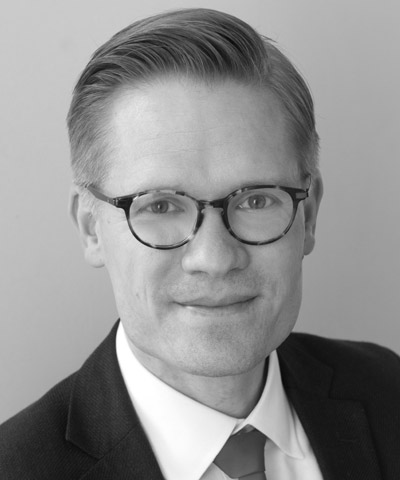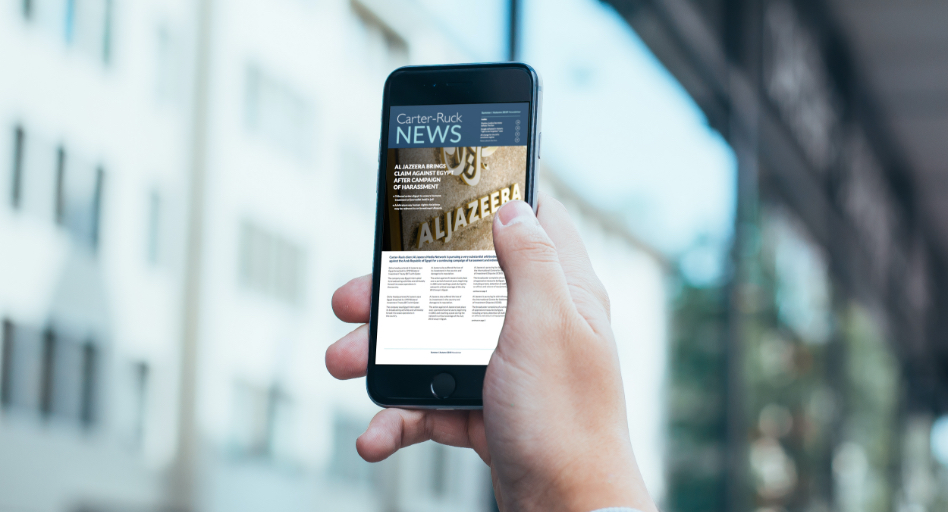
Professor Nielsen, you’re a leading European authority on this subject, so the big first question has to be: what is Fake News?
If I had any say in this, we would use the term Fake News only narrowly and precisely to refer to false and fabricated content masquerading as news. But it’s clear that this is only a small subset of what both politicians and ordinary people mean when they use the term Fake News.
Politicians use it in a highly instrumental way: to delegitimise news media when they report things they don’t want reported or of which they disapprove.
But for ordinary people the term resonates with their experience that much of the news they come across is of poor quality: sensationalist or superficial or inaccurate or highly politicised. The reason the term is very problematic is not simply that it’s highly politicised and frustratingly general. It’s that much of the really dangerous disinformation that circulates in our society is neither fake nor news.
It can be accurate information that is taken out of context and deployed strategically, to hurt someone for political gain or profit. It’s often not news in the sense that it’s not really about fact-based reporting but simply expressions of opinion that can be seen as outrageous by people who disagree with them, or the promotion of specific views in the public space through social media campaigns.
Why are people seeing so much more of this at the moment? And what is the impact on public perception and trust in news media?
We don’t know that people actually see all that much more of this content than they did in the past.
When we do focus groups or interviews with ordinary media users in different countries, people will almost inevitably say “well that’s an old problem; there’s always been Fake News”.
But it’s clear there are some developments driving the generation of more low quality or problematic content, as well as new ways in which these are distributed and interpreted.
First, the pressures on business models that have historically sustained professional journalism mean that some news organisations are not able to invest the same time and effort into reporting each individual story as they did in the past. This can mean that they make mistakes or run with things that they should have been more careful or guarded with.
So we’re talking not just about technology but the commercial pressures which mean that a journalist won’t necessarily take the same steps to substantiate or check their sources or ensure balance, or that they’ve got more than one source before printing an allegation as if it were fact. It’s what the profession itself calls churnalism.
Second is distribution. There are communities of users on social media who both promote and engage with this kind of information and it means that there is a fair amount of this stuff flourishing on sites like Facebook and Twitter. This is driven in part by demand but also sometimes because the systems can reward engagement.
Then the final point is about meaning and interpretation. In societies where trust in public institutions and the news media is eroding and political life is growing more polarised, the risk is increasing that any given piece of news or opinion is seen by at least a sizeable minority of the population as so outrageous as to deserve the moniker of Fake News.
This is the dynamic that President Trump plays to very effectively but it’s also a dynamic that, say, the Momentum activists in the UK sometimes appeal to. They will point out reporting that some might consider perfectly acceptable, if perhaps partisan, and argue it is Fake News, perhaps because they simply disagree with the line being reported or the stance being taken.
Does this mean that the availability of non-traditional media invariably supports viewpoints and movements outside of the centre, which break through the gatekeepers and go directly to a popular audience?
I would put it a little differently. It’s important to remember that the same technological change plays out in different ways in different contexts. So digital media gives everyone more opportunity to express themselves. This reduces the hard power of traditional gatekeepers. How much it changes public discourse depends on the soft power of those gatekeepers, whether these be news media or politicians or other public institutions.
So in countries where public trust in news media and politicians is higher and where politics is less polarised you see the same technologies being used more and more widely – digital media, social media and so on – but you don’t see the kind of polarisation and fragmentation and breakdown of consensus and public discourse. I have not seen many commentators suggesting that Emmanuel Macron won in France because of Facebook.
In this race to the bottom, what is the answer for journalism to preserve its professionalism and value?
The questions every news organisation needs to ask itself today are: “what is the problem that we solve and who do we solve it for?”
The old model of trying to do everything for everybody is extraordinarily hard to deliver in a satisfying way. Even genuinely independent and relatively well-funded public service media organisations like the BBC or its German equivalent ARD are finding it hard to do everything for everybody the way they aspired to historically.
When it comes to news organisations that do not benefit from generous public funding but have to pursue professional journalism based on sustainable commercial business models, they have to make a decision. What is the value they create and who do they create it for?
Then they need to focus their activities on that, and I would say currently we see two main models of how news organisations are actively trying to regain trust.
One is the response I would associate with editors like Marty Baron at the Washington Post or Steve Adler of Reuters News Agency, who say the best response is better journalism. It’s a return to the classic virtues of professionalism — fact-checking, accuracy and so on — and these organisations are trying to stand out from the scrum by being better at professional journalism. They are still wedded to the idea that they are impartial and that they are serving everybody who is interested in their content.
A different response is offered by news organisations that embrace the proud UK tradition of knowing who you are, what you stand for and who you believe you are trying to serve. In the UK newspapers have historically been unapologetic about having a clear voice and clear editorial line and orientating themselves towards a certain group or certain segment in society.
This model is becoming more widespread even in the United States where you now see not just Fox News and MSNBC in television but online organisations like the Huffington Post and Vox who clearly believe that the way to regain the trust not of the public but of their public is to take a very clear stance on who they are, what they do and who they try to represent.
If you had a principal message about the impact of these changes on individuals and businesses that are often the subject of interest in the news media, what would that be?
I think we should not lose nerve. It’s clear that our democracies are becoming far more rambunctious sometimes, even unruly, crude and uncomfortable, and I really appreciate and understand that it would be intensely uncomfortable to be at the receiving end of some of this information.
But open societies with robust institutions can live with discomfort.
So from my point of view we need to think about targeted responses that deal with the most malicious forms of disinformation. At the same time we need to have confidence in the systems that have served us in the past, in situations where our politics was highly polarised and disputatious, and continue to renew those institutions — in politics, in the news media, in civil society and increasingly in the technology industry — that enable our democracies to function.
So I would say we need to take this very seriously, but we should not panic.


